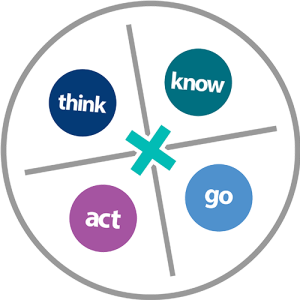Teaching and Learning in Dual and Concurrent Enrollment Programs: Performance Tasks in the Postsecondary Transition is the second of two reports on entry-level college course work, produced through research funded by the Bill and Melinda Gates Foundation. Over the last four years, EPIC researchers analyzed a sample for entry-level course syllabi, assessments and assignments to understand the nature of entry-level course expectations, including course content, requirements, and challenge level. The results of these analyses informed the creation of 23 performance tasks— assessments that often require students to engage in a multi-step process to develop or prepare a product or performance. The tasks are intended to support secondary students transition postsecondary course expectations.
After successful pilots in secondary and postsecondary classrooms, EPIC researchers considered the utility of the tasks in dual or concurrent enrollment programs, which by nature serve as a bridge between second and postsecondary education. This report summarizes key findings from nine focus groups conducted with 26 dual or concurrent enrollment coordinators and administrators in the fall of 2015. Focus group respondents addressed questions regarding dual and concurrent enrollment curriculum and curriculum alignment, EPIC’s performance tasks in comparison to typical assignments, and dual or concurrent enrollment instructor training. Findings elucidate a) differences between secondary and postsecondary culture that effect curriculum alignment, formatting suggestions to foster task use in postsecondary environments, as well as the multiple purposes for which the tasks could serve for both students and dual or concurrent enrollment faculty.
Dual-Concurrent-Enrollment-Technical-Report_FINAL.pdf (1509 downloads )Authors: Dr. Erin Fukuda, Greg Hopper-Moore




